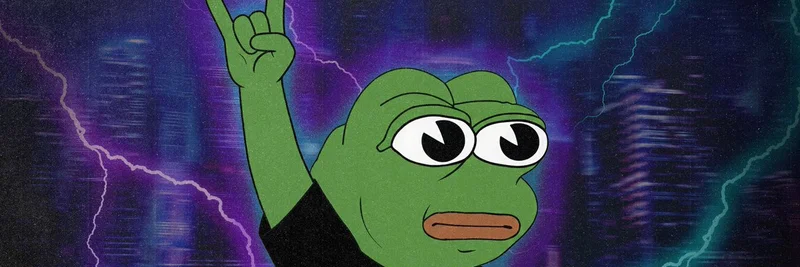If you've been keeping an eye on the crypto space, especially around high-performance blockchain networks, you might have stumbled upon DoubleZero. Recently, the team behind it dropped an insightful explainer video on X (formerly Twitter), breaking down how their network operates. Posted by @doublezero, the tweet gives a high-level overview of why the network exists, how contributors and validators interact with it, and how the $2Z token ties it all together. Let's unpack this and see what it means for meme tokens and the broader blockchain ecosystem.
DoubleZero positions itself as a purpose-built networking layer for distributed systems in crypto. Think of it as an upgrade to the internet specifically tailored for blockchain traffic. Traditional internet routing can be unpredictable, leading to latency spikes—those annoying delays that cause missed slots for validators, wasted resources, and ultimately, lost money. Validators are nodes in blockchain networks like Solana that confirm transactions and maintain the ledger. When latency hits, it slows everything down, impacting efficiency and profits.
The video illustrates this problem with simple sketches: packets bouncing around the globe on convoluted paths, adding hops that increase congestion and packet loss risks. DoubleZero steps in as an alternative, offering ultra-low latency paths optimized for blockchain use. It's not for general internet browsing; it's laser-focused on keeping crypto operations speedy and reliable.
How Contributors Build the Network
At the heart of DoubleZero are contributors—individuals or entities who stake capacity to the network. By providing bandwidth and low-latency connections, they help create a global mesh of direct paths. The video shows a world map with links spanning continents, emphasizing thousands of these optimized routes. Contributors earn fees for their participation, incentivized by the $2Z token economy.
Staking here means locking up $2Z tokens to contribute resources, similar to how proof-of-stake works in other blockchains but geared toward networking. This setup protects the network from noise and congestion, ensuring high performance for blockchain-specific traffic.
Validators' Role and Benefits
Validators engage with DoubleZero to propagate blocks faster. Block propagation is the process of spreading new blocks across the network so everyone stays in sync. With DoubleZero, packets take the most direct paths, reducing hops and latency. The result? Predictable timing, fewer missed opportunities, and better overall network health.
The explainer highlights how this leads to wins for validators: quicker confirmations, higher efficiency, and potentially more rewards. In meme coin ecosystems, where volatility is king and speed can make or break trades, this could be a game-changer.
The $2Z Economic Model
Tying it all together is the $2Z token. It's the fuel for the network, used for staking, fees, and rewards. The video touches on how everyone benefits: contributors get paid, validators perform better, and the network grows stronger. While some in the community label $2Z as a "shitcoin" in jest (as seen in replies to the tweet), its utility in powering this infrastructure suggests real potential beyond mere memes.
For blockchain practitioners, DoubleZero could enhance tools like Solana validators, where low latency is crucial. If you're running a node or trading meme tokens, keeping tabs on projects like this might give you an edge.
Check out the original tweet for the full video: DoubleZero's Explainer on X. It's a quick watch that makes complex networking concepts accessible.
As meme tokens evolve, infrastructure like DoubleZero could bridge the gap between fun viral assets and serious tech. Stay tuned to Meme Insider for more updates on emerging crypto networks and how they impact your portfolio.


